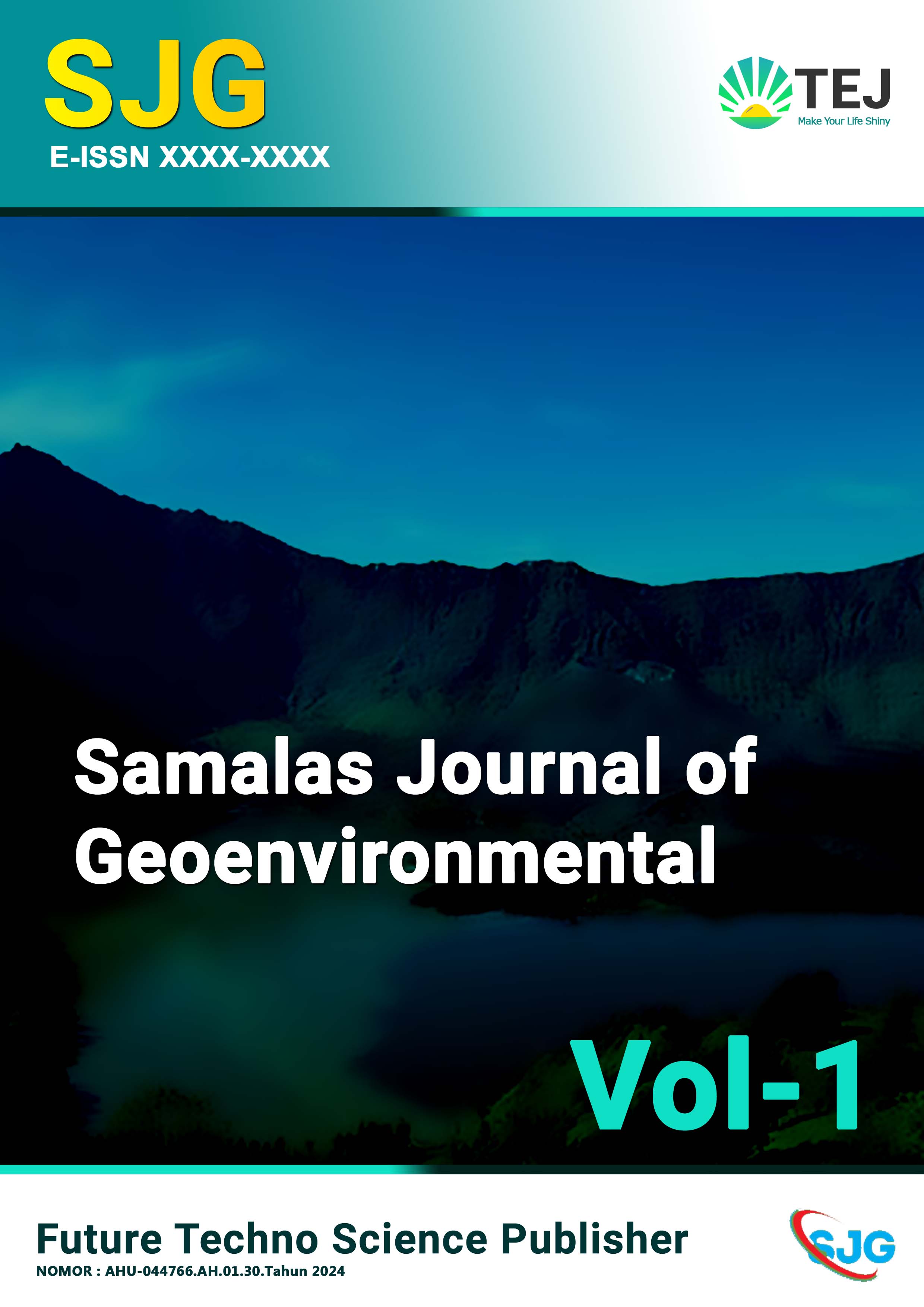Analysis of Earthquake Hypocenter Dynamics for the Period 2009-2017 in West Nusa Tenggara Using the Double-Difference Method
DOI:
https://doi.org/10.59535/z3wap532Keywords:
Earthquake, Double-difference (DD), RelocationAbstract
West Nusa Tenggara is an area prone to earthquakes due to the collision of tectonic plates, namely the Indo-Australian and Eurasian plates. The tectonic conditions of this region need to be known by determining the earthquake hypocenter accurately using the relocation technique. The purpose of this study was to determine the distribution of hypocenters in the NTB region and to analyze the dynamics of earthquake hypocenters after the relocation period of 2009-2017. The results of this study are the distribution of hypocenters that occurred in the NTB region at positions 7-12 LS and 115.5-119.5 BT for the period 2009-2017 on average spread and clustered in shallow earthquakes and subduction zone patterns with hypocenter depths of 0 to 300 km or shallow, medium earthquakes and several deep earthquake hypocenters. Earthquake activity continues to increase to the East from the Lombok Strait to the Sape Strait with dominant earthquake activity occurring on the Island and South of the Island. From the period of 2009 - 2017, earthquake activity continued to increase every year. This was caused by the main back arc thrust of Flores in the North and the subduction zone in the South which caused more earthquake activity in the region.
Downloads
Published
Issue
Section
License
Copyright (c) 2025 Isri Bai’atul Wahyuni, Hiden Hiden, Syamsuddin Syamsuddin, Bakti Sukrisna (Author)

This work is licensed under a Creative Commons Attribution 4.0 International License.






